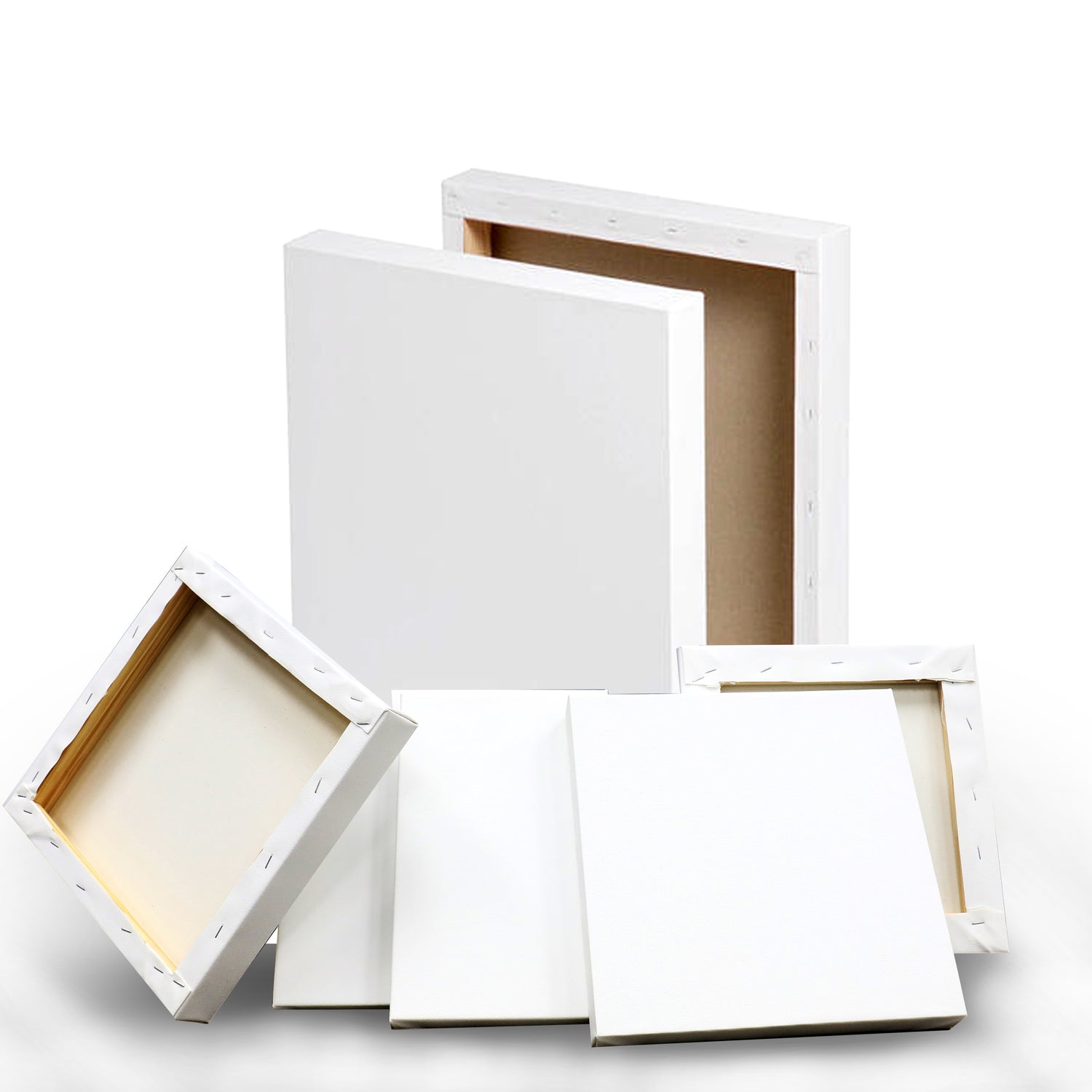
So, you’ve finished your painting and you're admiring your artwork. You're ready to hang it up or send it off to the world, but you need to finish one more important step: varnishing.
Varnish is like a clear protective topcoat for your artwork. It helps keep dust, dirt, and UV rays from damaging your painting over time, and it can also give your colors a serious glow up that brings out richness, depth, and texture that might’ve gotten dulled in the drying process.
In this guide we will walk you through the basics of varnishing your canvas painting so the quality of your artwork is preserved through time.
Why Varnishing Your Canvas Painting Matters
Paintings collect dust, air pollutants, and moisture. All of which can dull your colors or even damage the surface. Varnish acts as a shield that protects your painting from the environment and its elements. It also:
- Deepens colors
- Adds a finished, professional look
- Make it easy to clean or restore the painting in the future (If the varnish can be removed)
Types of Varnish (And When to Use Them)
Varnish is available in different types, including oil-based, acrylic-based, and synthetic. Each type of varnish has unique properties that make it suitable for specific painting mediums and techniques.
1. Oil-Based (Traditional) Varnish.
- Works best for oil paintings (never acrylic).
- Needs months of drying time (6+ months) before varnish can be applied.
- Usually made with natural resins like dammar or mastic.
- Provides a rich, glossy finish and a warm tone.
- Strong odor and requires turpentine or mineral spirits for cleanup.
Great if you’re going for that classic look, but definitely not for the impatient artist!
2. Acrylic-Based Varnish
- Water-based and low odor.
- Perfect for acrylic paintings.
- Dries quickly and is easy to apply with a brush or sponge.
- Can be glossy, satin, or matte.
- Often permanent (not always removable), unless paired with an isolation coat.
Beginner-friendly and ideal for quick projects, just be careful of brush strokes drying too fast on large pieces.
3. Synthetic Varnish
- Made with modern, non-yellowing resins.
- Can be used on both oil and acrylic paintings.
- Typically removable and conservation-grade.
- Lets oil paintings “breathe,” meaning you can apply it sooner (after just a few weeks instead of months).
- Requires ventilation and cleanup with solvents.
A favorite among pros who want museum-quality clarity and long term protection.
Choosing a Finish: Gloss, Satin, or Matte?
Varnish comes in different sheens, and the finish you choose is completely optional, but keep it mind that it can also impact the mood of your piece:
- Gloss makes colors look rich and vibrant, but it can reflect light and cause glare.
- Matte reduces shine but can slightly dull the colors.
- Satin sits right in the middle. Less glare than gloss, more vibrancy than matte.
Tip: Try it on a test canvas first. Some artists even apply a gloss coat first, then add a final layer of matte to control sheen without losing color punch.
How to Apply Varnish (Without Freaking Out)
Applying varnish doesn’t have to be stressful. Here’s a quick step-by-step:
- Let it dry completely. For acrylics, wait at least 48 hours. For oils, you may need to wait 6 months or more (unless using a fast-dry synthetic like Gamvar).
- Clean your painting. Gently wipe the surface with a lint-free cloth to remove dust.
- Choose a well-ventilated, dust-free space. Lay your painting flat if possible.
- Use the right tools. A wide, soft brush works best. For spray varnish, use smooth, sweeping motions.
- Apply in thin, even layers. Start in one direction (like left to right), then go back in the opposite direction (like top to bottom) while it’s still wet.
- Let it dry. Cover the painting with a clean box or dust cover while it cures (usually 24 hours between coats).
- Repeat if needed. One coat is often enough, but two thin coats can give extra protection and a smoother finish.
Pro Tips and Common Mistakes
- Don’t rush the drying time. Especially for oil paintings, premature varnishing can ruin your work.
- Avoid shaking varnish bottles. Stir gently to prevent bubbles.
- Don’t varnish in a dusty space. A single floating pet hair can ruin that perfect gloss.
- Don’t overbrush. Apply the varnish and then and leave it alone. Going back over drying varnish will leave streaks or cloudiness in your artwork.
Final Thoughts
Varnishing is that last, satisfying step that gives your artwork the durability and professional finish it deserves. Taking the time to learn how to varnish properly will only elevate your skill as an artist and preserve the beauty of artwork for years to come.
Image source: winsornnewton.com


